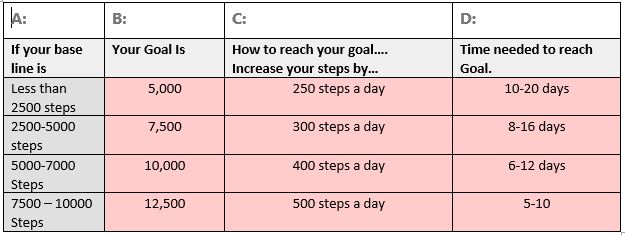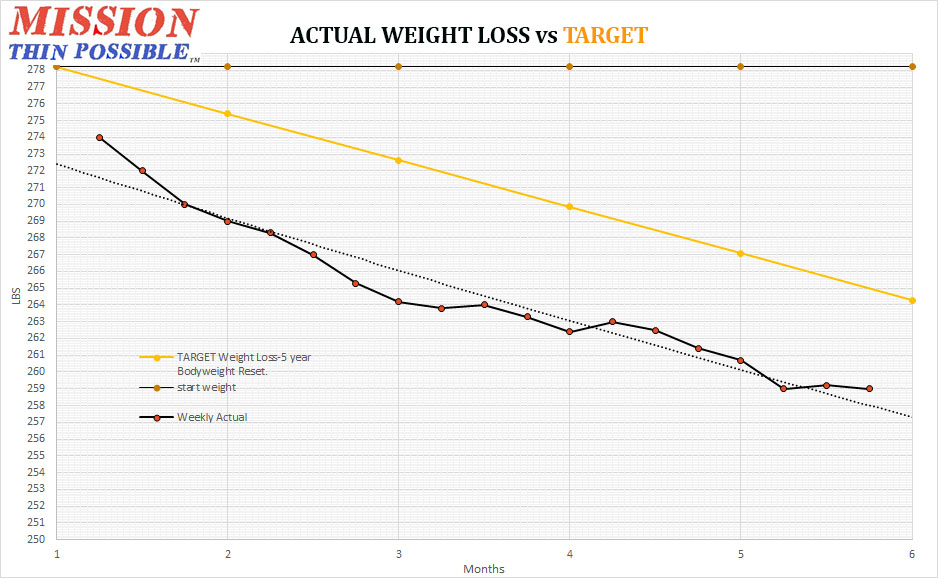
Why Walk?
Exercising hard is not necessary nor is it an effective tool for permanent weight loss.
Low to moderate intensity exercise however has all the benefits that are needed to achieve living longer.
Health professionals all agree that including exercise as part of a “lifestyle change weight loss program” gives fives times the probability of success.
Walking was the exercise program adopted by over 90% of people who have ever successfully achieved permanent weight loss. Walking can be added by almost everyone to your own schedule instead of changing your schedule to fit in a gym,cardio, or dance class program schedule. You can adopt as many small sessions as you want broken up throughout the day, before work, at lunchtime, after work, alone or walk with friends, family,children, and pets. Walking is the most readily available and least costly program that anyone can use to achieve a permanent life change.
Getting Started.
• Wear comfortable walking shoes, with good fit and low heel.
• Choose a safe, well lit route especially if walking alone. (Ideally always walk with an exercise buddy).
Motivation.
Most people like to challenge themselves. Using a pedometer to track your daily step count will motivate you to walk further and you will see your progress.
Setting yourself a step goal for each day will push you to do a little bit more until you eventually hit your step goal. Walk with friends and plan scheduled walking dates to encourage you to walk more often and regularly.
How To Reach 10,000 Steps a Day?
10,000 steps a day is a good daily target to set as a goal. If you have a desk job 10,000 steps may seem daunting. A daily step count target can start at less than 2,000 steps.
Follow this guide to steadily build up your step count.
•Step 1: Determine how many steps you take in a normal day by wearing a pedometer for 3 days.
•Step 2: Calculate your base line, divide total number of steps by the number of days measured.
•Step 3: Read your first goal from Col B. that corresponds to your starting baseline.
Cols C and D give recommendations for reasonable rates of step increase and time to increase.
•Step 4: Circle the number of steps on the Step Table closest to your ultimate goal, 10,000 for most people.
•Step 5: After you reach your first goal set that number of steps as a new baseline and repeat the cycle.
If you find you do not have time to add more steps focus on going faster and or including more hills.
Pre-emptive Actions
These Pre-emptive action suggestions will help you increase your daily step count.
•Put on your pedometer immediately you get dressed in the morning – every step counts.
•Have a quick walk before work, use the time to plan out your day.
•Check your step count during the day, do not leave a large amount to make up after work.
•Get up and walk periodically during the day. Plan to have half your days total done by 3 pm.
•Wherever you are going, take the long way round and use the stairs!
•When grocery shopping walk around every aisle.
•Make a walking date with a friend instead of calling them on the phone, window shopping will easily add 2000 steps to your step count .
Homework
Buy a pedometer if you do not have one.
Start your 10,000 steps a day walking target.
Use the guide above to increase your step count.
Call a buddy and invite them to walk with you! Enjoy the walk.




